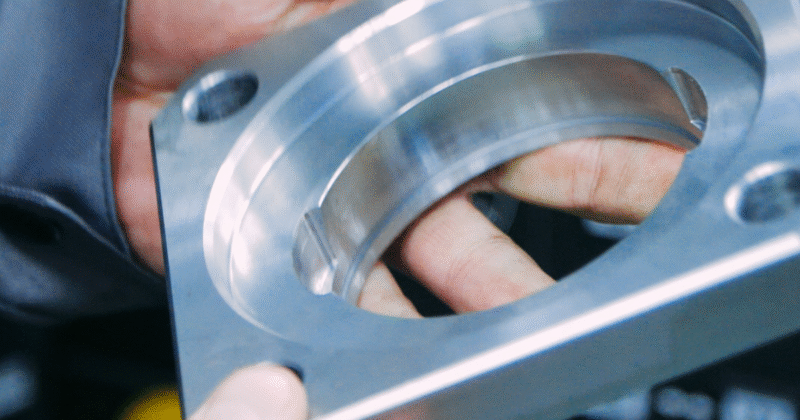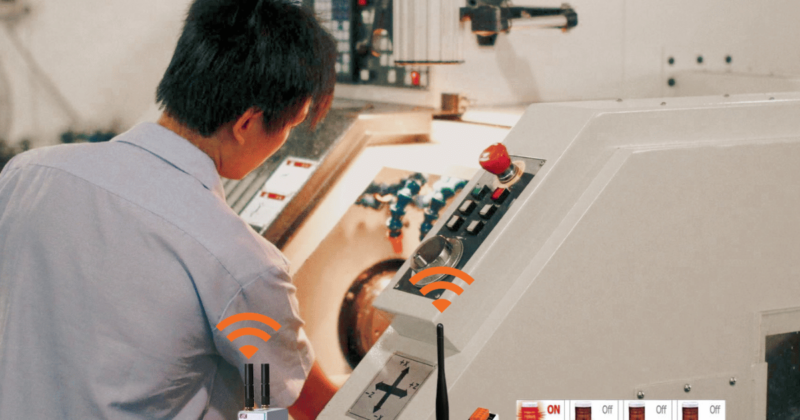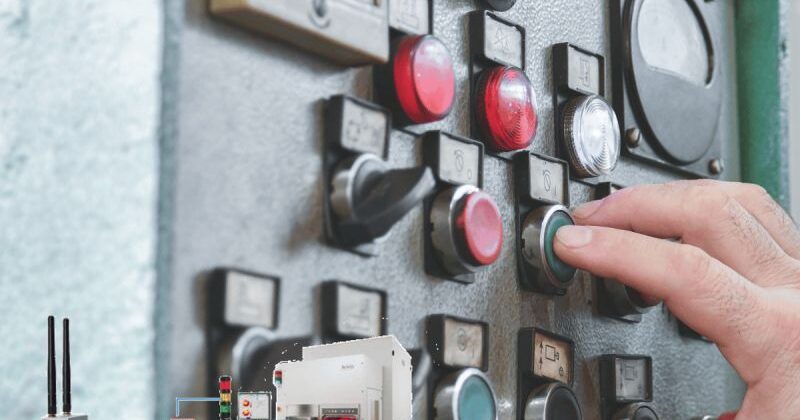
OEE Six Big losses #6 The Start up Defects
6 key losses -The start up Defects
Understanding Start-Up Rejects in OEE: A Hidden Quality DrainWithin the framework of Overall Equipment Effectiveness (OEE), Quality stands as one of the three core pillars, alongside Availability and Performance. While many manufacturers focus on production-time defects, a less-discussed yet equally critical source of quality loss is the Start-up Reject—a type of defect that occurs immediately after a machine or line begins operation. What Are Start-Up Rejects?Start-up rejects are defective units produced during the initial phase of machine operation—either at the beginning of a shift, after a changeover, or following maintenance or equipment downtime. These are not incidental flaws; they are often symptomatic of deeper inefficiencies in the warm-up or ramp-up phase of production.These defects usually happen because machines, tools, or processes haven't reached optimal operational conditions. Factors like temperature stabilization, incorrect calibration, residual materials, or operator oversight during start-up can all contribute to this issue.
Why Start-Up Rejects MatterAlthough they might seem insignificant in isolation, start-up rejects...


